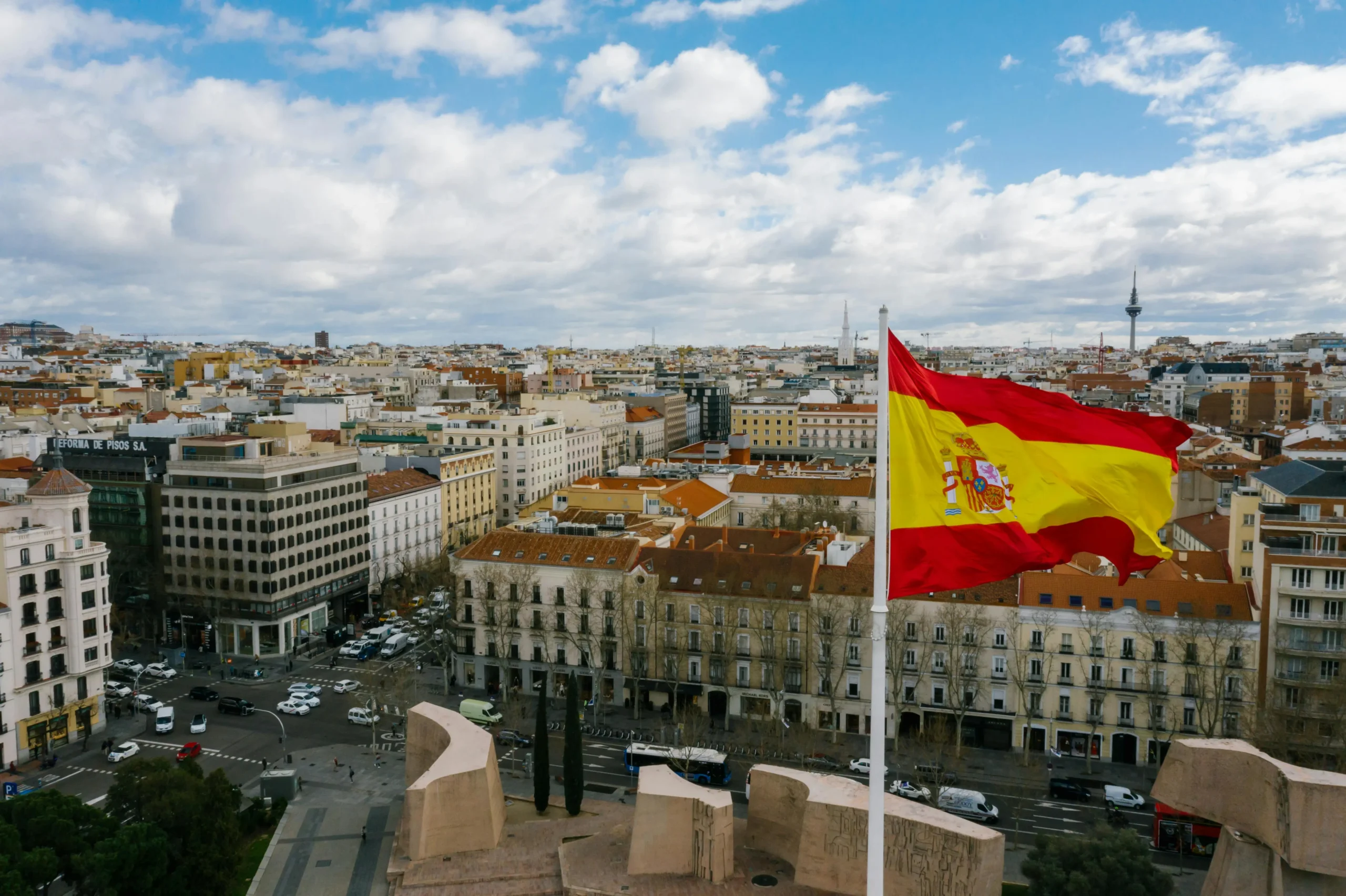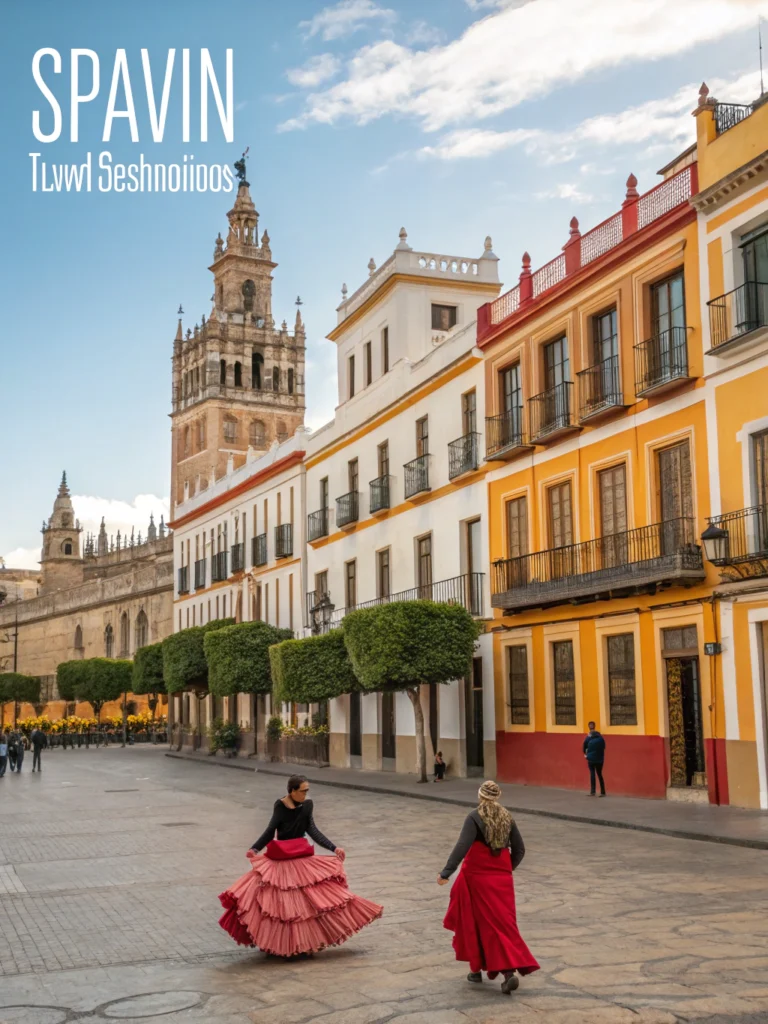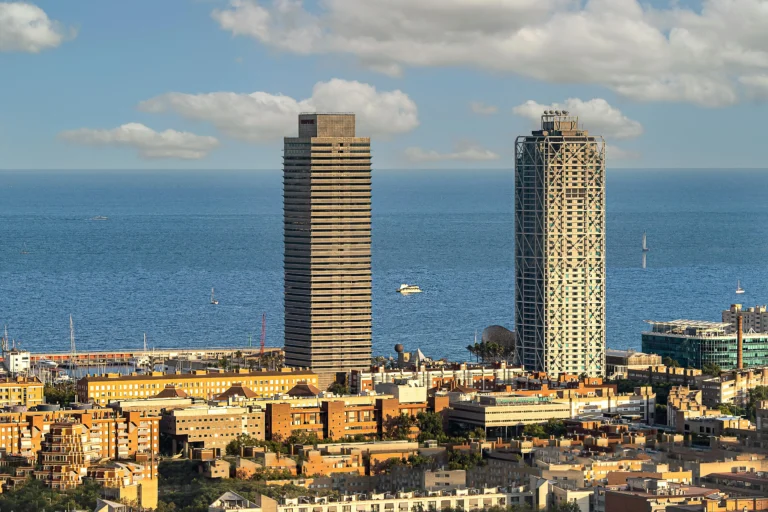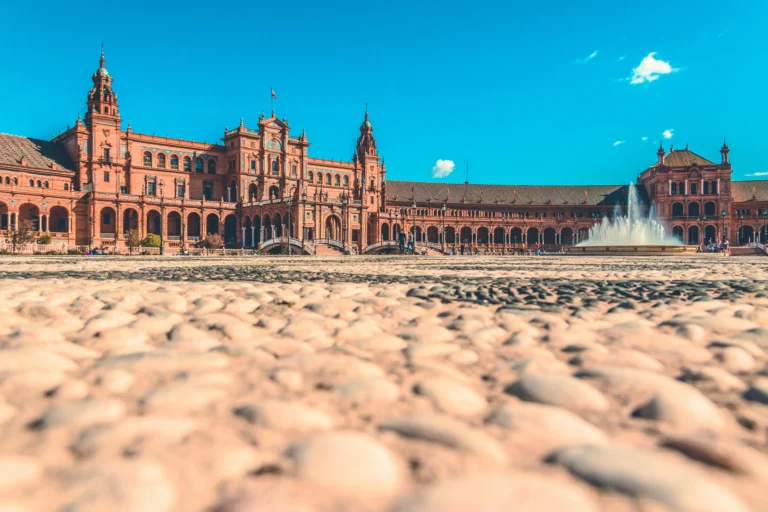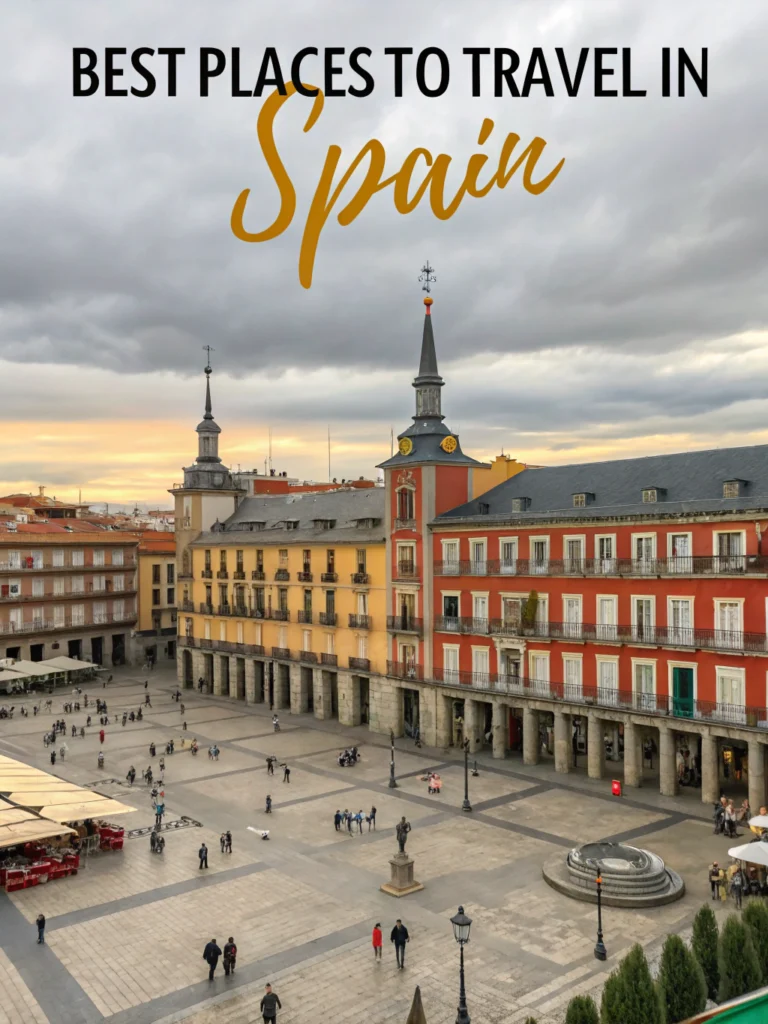Languages Spoken in Spain: Beyond Spanish – The Fascinating 2025 Guide
Table of Contents
Discover Spain’s Rich Linguistic Tapestry
When you think of languages spoken in Spain, Spanish (Castilian) immediately comes to mind. But did you know the country boasts at least five official languages and numerous regional dialects? From the melodic Catalan of Barcelona to the ancient Basque language with mysterious origins, Spain‘s linguistic diversity reflects its complex history and vibrant cultures.
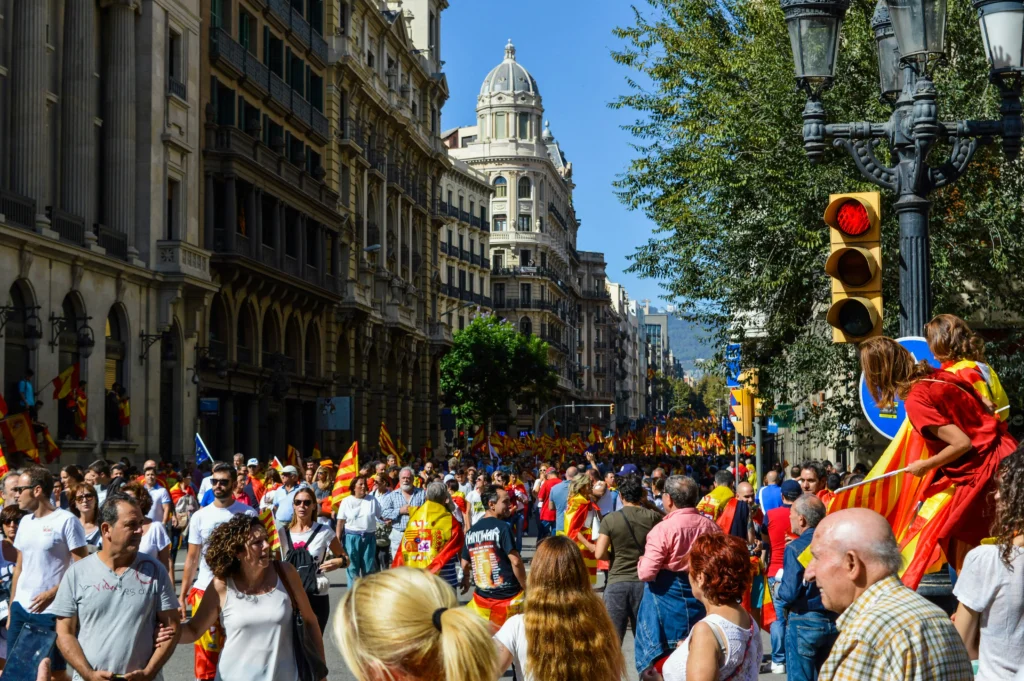
This guide goes beyond textbook knowledge to reveal:
- The official languages recognized in different regions
- Where to hear these languages spoken authentically
- How language shapes local identities
- Practical tips for travelers navigating multilingual areas
The Official Languages spoken in Spain
1. Spanish (Castilian) – The National Lingua Franca
Spoken by 99% of Spaniards, Castilian Spanish dominates media, government, and education nationwide.
Key facts:
- Originated in Castile region during medieval times
- Became standardized during the 15th century
- Contains about 93,000 words in common usage
Regional variations:
- Andalusian Spanish drops final consonants (“gracias” becomes “gracia”)
- Canarian Spanish incorporates Portuguese influences
2. Catalan – More Than Just a Barcelona Language
With 9 million speakers, Catalan thrives in:
- Catalonia
- Valencia (as Valencian)
- Balearic Islands
- Andorra (a sovereign country)
What makes it unique?
- Shares features with both Spanish and French
- Uses the article “el” where Spanish uses “el” or “la”
- Has seven vowel sounds compared to Spanish’s five
Must-know phrase:
“Bon dia” (Good morning) instead of “Buenos días”
3. Galician – Portugal’s Linguistic Cousin
Spoken by 2.4 million in northwest Spain, Galician sounds like:
- 85% similar to Portuguese
- 15% similar to Spanish
Cultural significance:
- The language of medieval troubadour poetry
- Currently experiencing a revival among youth
4. Basque (Euskara) – Europe’s Oldest Mystery
This language isolate (unrelated to any other) predates Indo-European languages.
Fascinating traits:
- Complex verb conjugations with 15 cases
- Only non-Romance language in Western Europe
- About 750,000 speakers today
Try saying:
“Kaixo” (Hello) in Bilbao’s Casco Viejo district
5. Aranese – Spain’s Rarest Official Language
A variant of Occitan spoken by just 4,000 people in Val d’Aran.
Why it matters?
- Official status in Catalonia
- Taught in local schools
- Used on government documents
Regional Languages spoken in Spain Without Official Status
1. Asturian (Bable)
- 100,000 speakers in Asturias
- Recognized but not official
- Example: “¿Cómo tas?” instead of “¿Cómo estás?”
2. Aragonese
- 10,000 native speakers
- Survives in Pyrenees villages
- Contains medieval Spanish elements
3. Leonese
- Endangered with 25,000 speakers
- Similar to Asturian
- Taught in some León province schools
How Languages Shape Regional Identities
In Spain, language often reflects political and cultural attitudes:
Catalonia:
- Catalan symbolizes independence movement
- 56% of Catalans speak it daily
Basque Country:
- Euskara represents unique cultural heritage
- Road signs appear in Basque first
Galicia:
- Language connects to Portuguese roots
- 30% of Galicians primarily use Galician
Practical Tips for Travelers
1. Language Survival Guide by Region
| Region | Main Language | Helpful Phrases |
|---|---|---|
| Catalonia | Catalan | “On és…?” (Where is…?) |
| Basque Country | Basque | “Non da…?” (Where is…?) |
| Galicia | Galician | “Onde está…?” (Where is…?) |
| Andalusia | Andalusian Spanish | “¿Dónde está…?” (Standard Spanish) |
2. When to Use Which Language
- Tourist areas: Spanish works everywhere
- Rural villages: Local languages preferred
- Official documents: Varies by autonomous community
3. Language Learning Resources
- Catalan: Institut Ramon Llull courses
- Basque: Euskaltzaindia’s free apps
- Galician: Academia Galega da Língua materials
The Future of Spain’s Languages
Recent developments show:
- Catalan growing in Barcelona’s tech sector
- Basque expanding through immersion schools
- Galician gaining literary prestige
However, challenges remain:
- Rural dialects like Aragonese fading
- Youth mixing languages (Spanglish variations)
FAQ About Spain’s Languages
What percentage of Spaniards speak multiple languages?
About 35% are bilingual in Spanish and a regional language.
Is English widely spoken in Spain?
Only 27% speak English conversationally, mainly in:
- Tourist resorts
- Major cities
- Younger generations
Which language should I learn for travel?
Basic Spanish suffices, but locals appreciate:
- “Hola” in Catalan areas
- “Agur” in Basque Country
Are Spanish dialects mutually intelligible?
Most are, except:
- Extreme Andalusian accents
- Some rural Galician variants
Celebrating Spain’s Linguistic Wealth
From the rolling “r”s of Castilian to the click-like sounds of Basque, Spain’s languages form a living cultural mosaic. Each tongue tells stories of kingdoms, migrations, and resilient identities.
Your move:
Which Spanish language intrigues you most? Try learning three phrases before your next visit – it opens doors to authentic connections.
Pro tip: Listen for language switches in Barcelona‘s markets or Bilbao’s pintxo bars. That fluid dance between tongues? That’s the real Spain.

